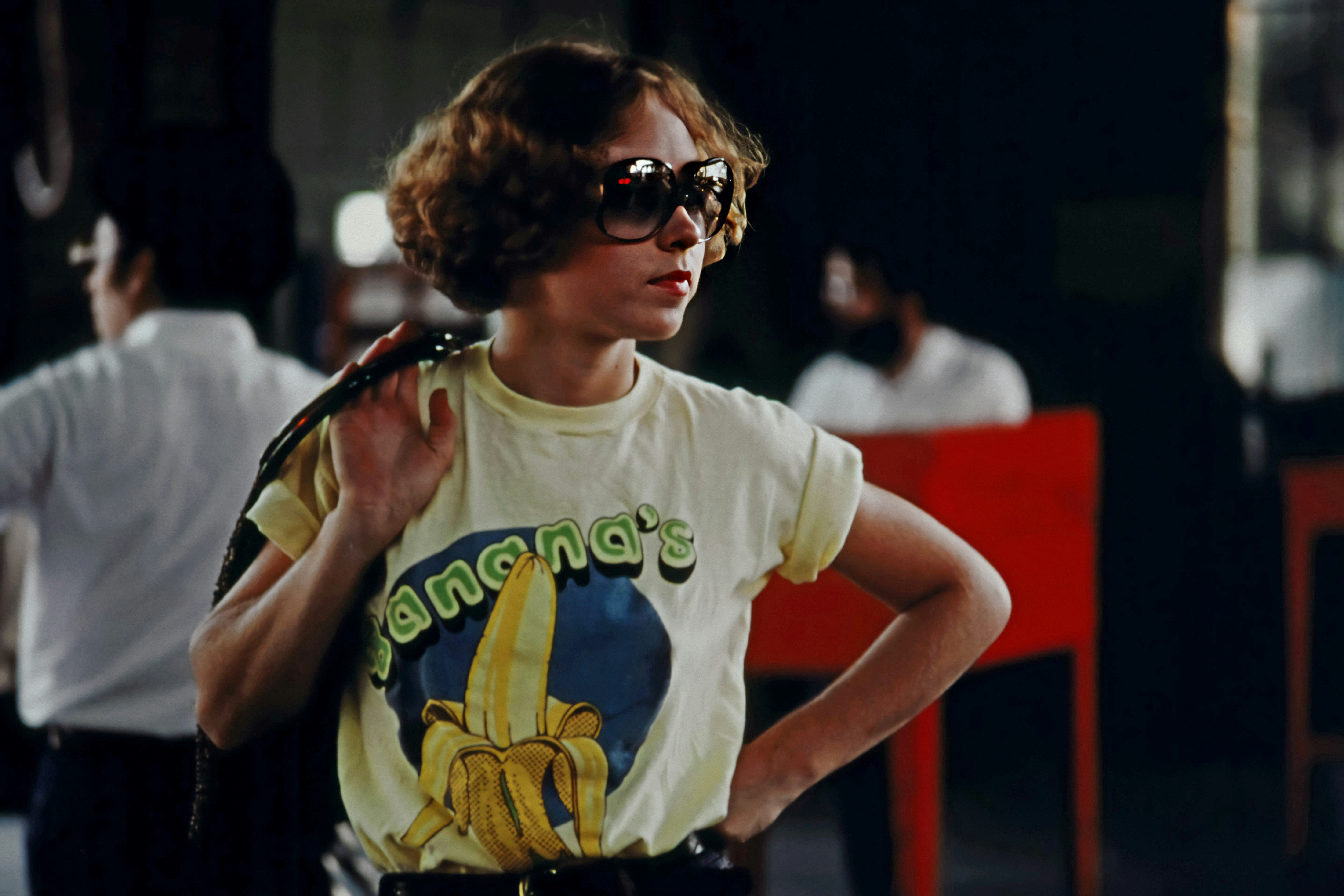Holographic Busking: The New Frontier of Street Performance
In the bustling streets of metropolises worldwide, a revolutionary form of entertainment is taking shape. Holographic busking, a cutting-edge fusion of technology and traditional street performance, is captivating audiences and redefining the boundaries of public art. This innovative medium blends the charm of live performance with the limitless possibilities of digital projection, creating a spectacle that is both familiar and otherworldly. As holographic buskers materialize in city squares and on sidewalks, they're not just entertaining passersby—they're pioneering a new era of artistic expression that challenges our perceptions of reality and performance.

The first recorded instance of holographic busking occurred in Tokyo’s Shibuya Crossing in 2018. A local artist, using a portable holographic projector, created the illusion of a floating, ghostly violinist playing amidst the sea of pedestrians. The performance went viral on social media, sparking interest from artists and tech enthusiasts alike. Since then, the practice has spread to cities like London, New York, and Berlin, each iteration pushing the boundaries of what’s possible in public performance.
The Technology Behind the Magic
At the heart of holographic busking lies a sophisticated blend of hardware and software. Most setups utilize a combination of high-powered projectors, semi-transparent screens, and motion capture technology. The projectors cast carefully crafted images onto specially designed surfaces that allow for three-dimensional perception. Advanced software tracks the movements of live performers, translating them into real-time holographic animations.
One of the most popular systems among holographic buskers is the HoloFlex, developed by a team of engineers and artists in Silicon Valley. This portable device, no larger than a suitcase, can project high-resolution, 360-degree holograms up to 15 feet tall. Its user-friendly interface allows performers to switch between pre-programmed routines and live improvisation seamlessly.
The Art of Holographic Performance
Holographic busking demands a unique skill set that bridges the gap between traditional performance and digital artistry. Successful holographic buskers are not just talented musicians, dancers, or actors—they’re also adept at manipulating technology and understanding the principles of visual design.
Many performers collaborate with digital artists to create stunning visual effects that complement their acts. For instance, a singer might be accompanied by holographic backup dancers, or a juggler might toss virtual objects that transform mid-air. The possibilities are limited only by the imagination of the artists involved.
Legal and Ethical Considerations
As with any new form of public art, holographic busking has raised questions about legality and ethics. Some cities have embraced the trend, viewing it as a tourist attraction and a boost to the local arts scene. Others have grappled with how to regulate this new medium within existing busking laws.
In 2021, the city of Melbourne, Australia, became the first to officially recognize holographic busking in its street performance regulations. The guidelines stipulate that holographic projections must not obstruct pedestrian traffic or create safety hazards. They also address concerns about light pollution and the potential for distracting drivers.
The Impact on Traditional Street Performance
The rise of holographic busking has not been without controversy within the busking community. Some traditional performers view the technology as a threat, fearing it will overshadow more conventional acts. Others argue that holographic busking is simply another tool in the street performer’s arsenal, no different from amplifiers or props.
Many buskers have embraced the technology, incorporating holographic elements into their existing routines. This hybrid approach has led to some truly innovative performances, such as a mime in Paris who interacts with holographic objects, or a New York City saxophonist whose notes visibly ripple through the air as colorful waves of light.
The Future of Holographic Busking
As technology continues to advance, the potential for holographic busking seems boundless. Researchers are already working on systems that allow for tactile interaction with holograms, opening up new possibilities for audience participation. There’s also growing interest in using augmented reality to create personalized holographic experiences for individual spectators.
Some futurists predict that holographic busking could evolve into a form of decentralized public entertainment, with performers able to project their holograms to multiple locations simultaneously. This could revolutionize the economics of street performance, allowing buskers to reach wider audiences without the need for physical travel.
Conclusion
Holographic busking represents a fascinating convergence of art, technology, and public space. As this new medium continues to evolve, it challenges us to reconsider our notions of performance, reality, and the role of technology in creative expression. Whether viewed as a natural progression of street art or a harbinger of a more digitally immersive future, one thing is clear: holographic busking is reshaping the landscape of urban entertainment, one shimmering projection at a time.




